Hello buddies, today I am sharing the inflential ancient Satavahana dynasty. It was one of the dynasty that was contemporary of the beginning of Mauryan period. It also considered as powerful southern dynasty specifically located at Deccan plateau.
Introduction to Satavahana dynasty
According to britannica.com, family roots of Satavahanas belong to Andhra jati Tribe. It was mentioned in the Puranas which was ancient Indian religious legend.
First Deccan Empire that ruled south India
There were several small kingdoms existed before Satavahana dynasty. But, Satavahanas became first who successfully expanded their kingdom to prominent empire and ruled over south India. They ruled over central and western India for long period.
Sources for study of Satavahana dynasty
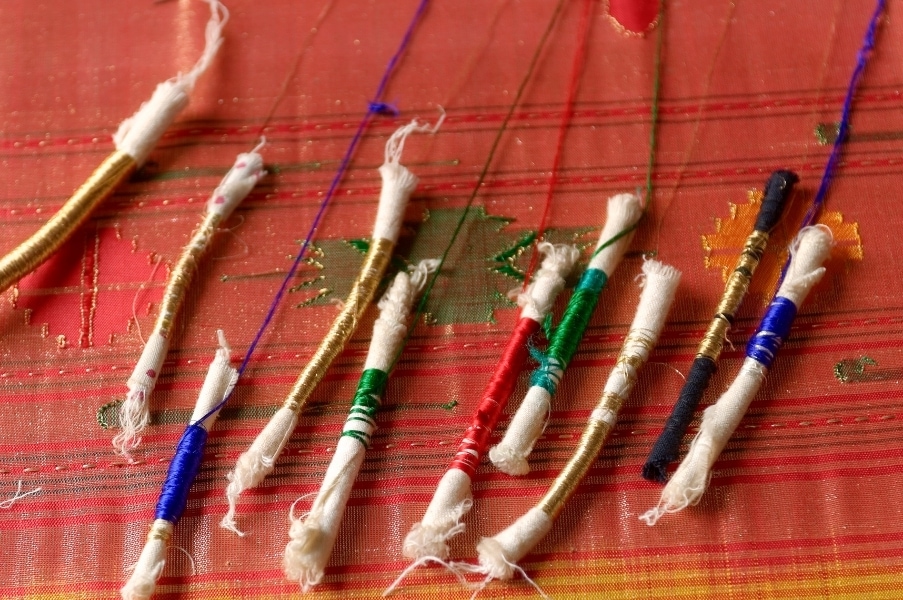
Though, Puranas was more religious than Historical, it is still considered as good source for Historical events. So, according to Puranas, Satavahana influence was initiated at late in 1st century BCE.
On contrary, other evidences indicates the dynasty was established their power in 3rd century BCE.
Earlier Rulers of Satavahana Empire
Earlier the Satavahana dynasty was limited to Western Deccan region. Nashik, Nanaghat, Karli, and Kanheri are the places where inscriptions found in memory of the early kings Krishna, Simuka, and Shatakarni I.
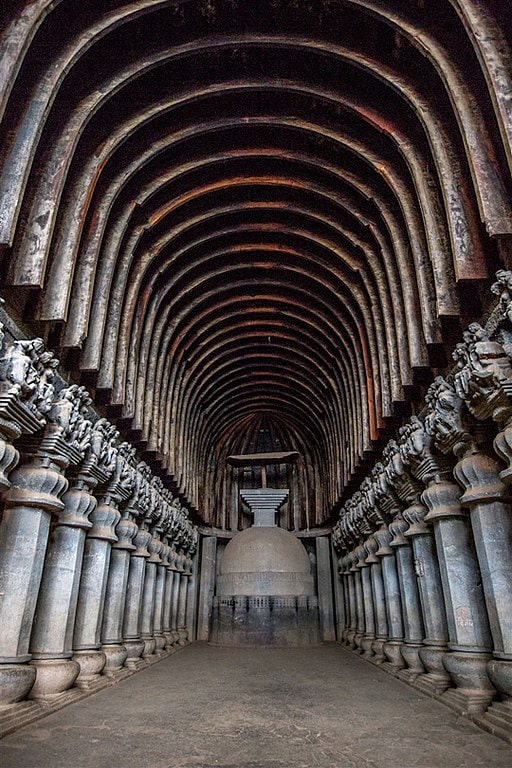
Conflict between Satavahanas and Kshatrapas
Ports along the present Konkan coast gave rise to Indo-Roman trade in the early days of the Satavahana dynasty.
According to wikipedia.org, Western Kshatrapas ruled northern, western and central part of India. The regional contact of Satavahana with these Kshatrapas led to an uncontrolled war.
The Great Kshatrapas ruler- Nahapana
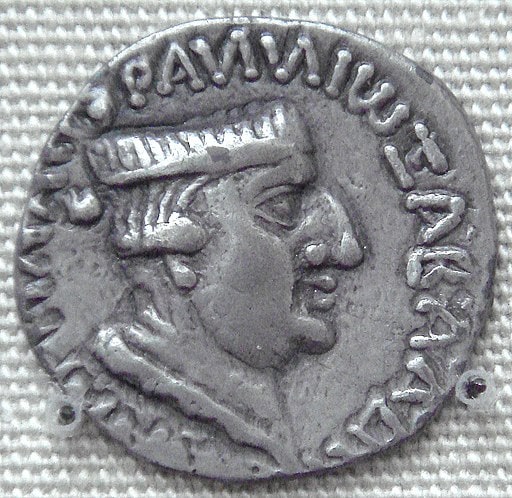
According to jatland.com, Nahapana was descendant and ruler belong to Indo-Scythian clan. In the inscriptions found in Buddhist caves, Nahapana was described as a donator. Near Nasik region in the Trirashmi hill, Nahapana excavated a cave and offered to Buddhist monks.
It explains, Nahapana pervaded the Nasik and west Deccan regions. It reflected in beginning of the conflict of the Satavahanas and Kshatrapas. Nahapana conquest restricted the influence of Satavahanas to great extent.
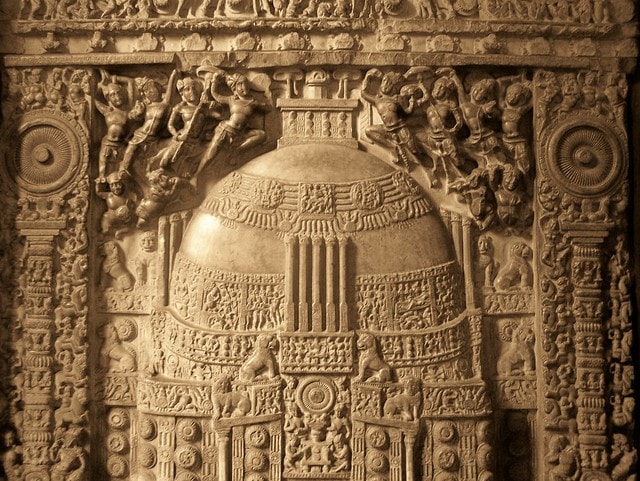
The Great Satavahana ruler- Gautamiputra Shatakarni
Gautamiputra Shatakarni was great ruler who restored the sovereignty of the Satavahanas. He ruled for 24 years from 106 CE to 130 CE. He expanded Satavahana power to its peak. His kingdom was extended from Rajasthan in north to Andhra in south and Gujarat in west to Kalinga in east.
After the reign of Gautamiputra Shatakarni
End of Gautamiputra’s rule invited Kshatrapas to recapture many of the regions from Satavahanas. It was before 150 CE and second time that Kshatrapas defeated Satavahanas.
Reign of Vashisthiputra Pulumavi
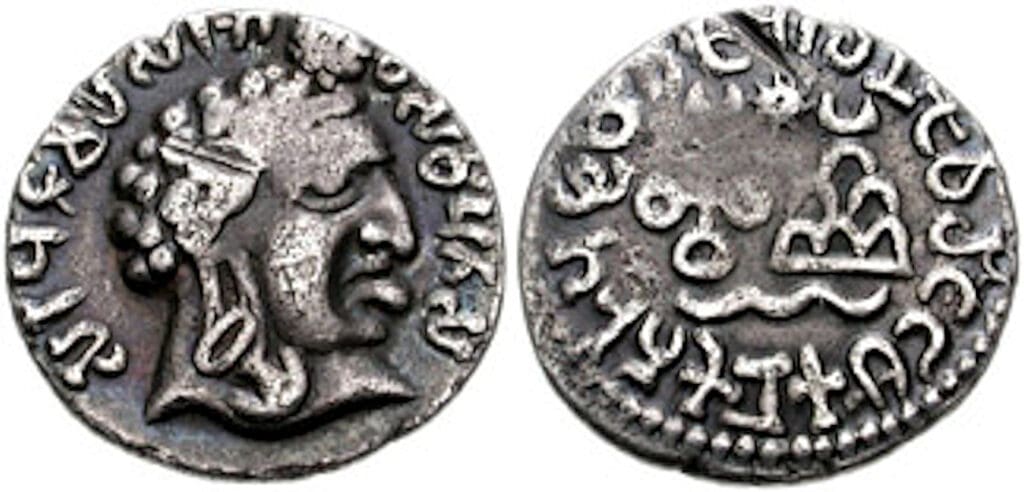
Vashisthiputra Pulumavi was successor and son of Gautamiputra Shatakarni. He ruled between 130 CE to 159 CE from western areas. The evidences shows that he interested in expansion of his kingdom in northeast and eastern regions. Coins along with inscriptions of Vashisthiputra are found in Andhra region.
Influential Satavahanas ruler- Shivshri Satakarni
King Shivshri Satakarni was also depicted from coins collected from Godavari and Krishna region. His rule was reigned from 159 CE to 166 CE.
Another Satavahanas ruler, Shri Yajna Shatakarni was ruled over Godavari and Krishna region. Additionally, he made the control over Berar, Chanda region of Madhya Pradesh, Saurashtra and northern Konkan.
In the History of Satavahana dynasty, Shri Yajna was the last prominent king. His achievements against Kshatrapas made Satavahana a dominant power.
On contrary, after his reign, based on evidences referred from Puranas and coins found, his successors were controlled over relatively small region.
Important predictions about Satavahana Empire
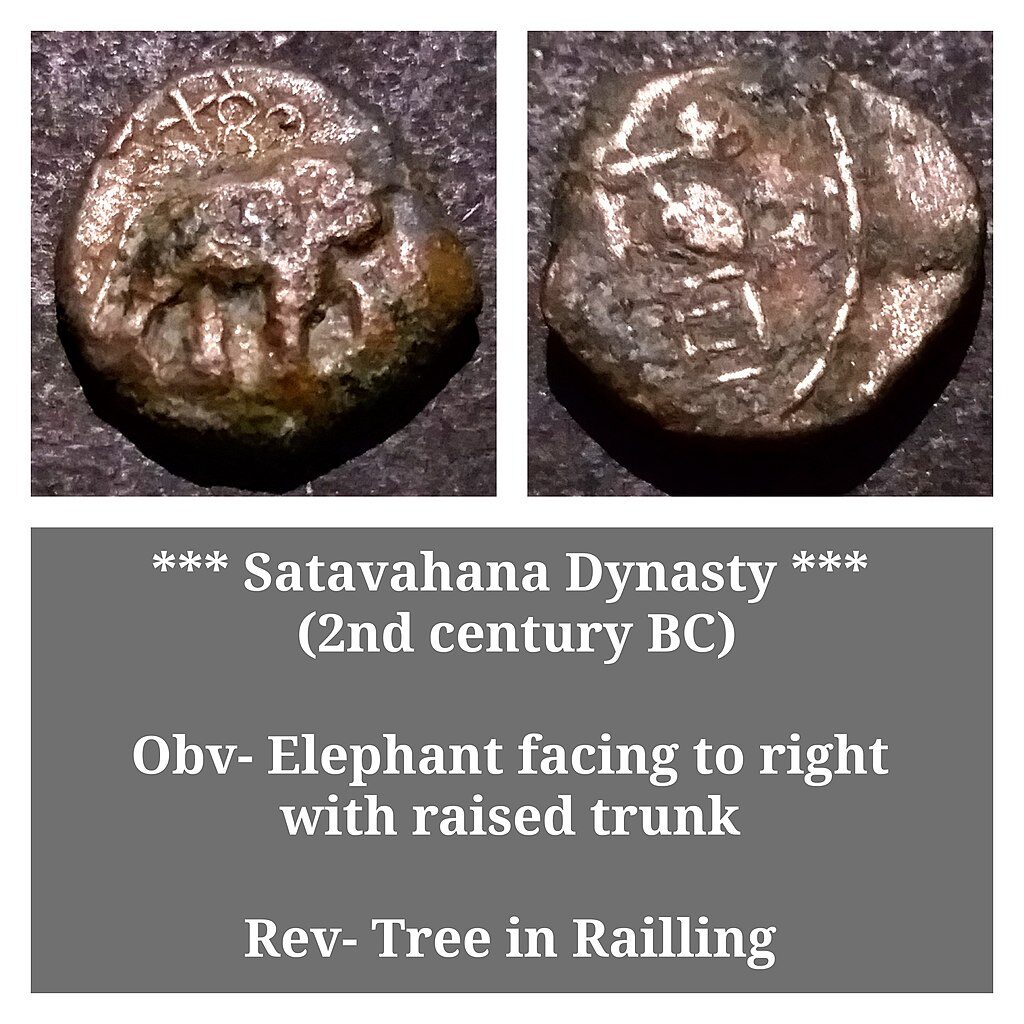
Historians find it difficult to collect and study the currencies (coins, tokens) used during Satavahanas. Local characterization of currencies indirectly indicates the division of the Satavahana empire.
After Disintegration of Satavahana empire
Sequentially, Iksvakus and Pallavas became the successors over Andhra. Instead of central power, local authorities become dominant in areas of western Deccan. Some of such local rulers were Kurus, Abhiras, and, Cutus.
The Beginning of Vakatakas
At start of 4th century, Vakatakas established a stronger political influence in Berar territory. After this time disintegration of the kingdom of Satavahana empire was fulfill.
Importance of Satvahana rule
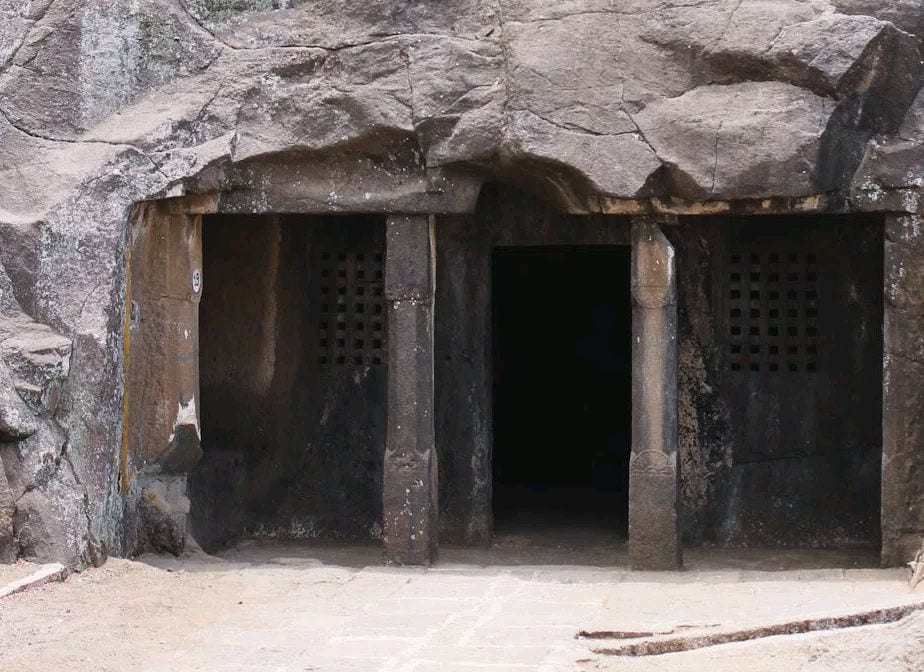
The Deccan was ruled by the Satavahanas in the 4th and 3rd centuries BC when the Mauryan Empire attain a sovereignty in the north. This is because, the historical period in this area is believed to have been started by the Satvahana rulers.
As we know there were nowhere clearly mentioned that whether the central power ran the administrative system. Though, evidence found that, in entire empire spacious system of currency was launched.
Prosperous Kingdom of Satvahanas
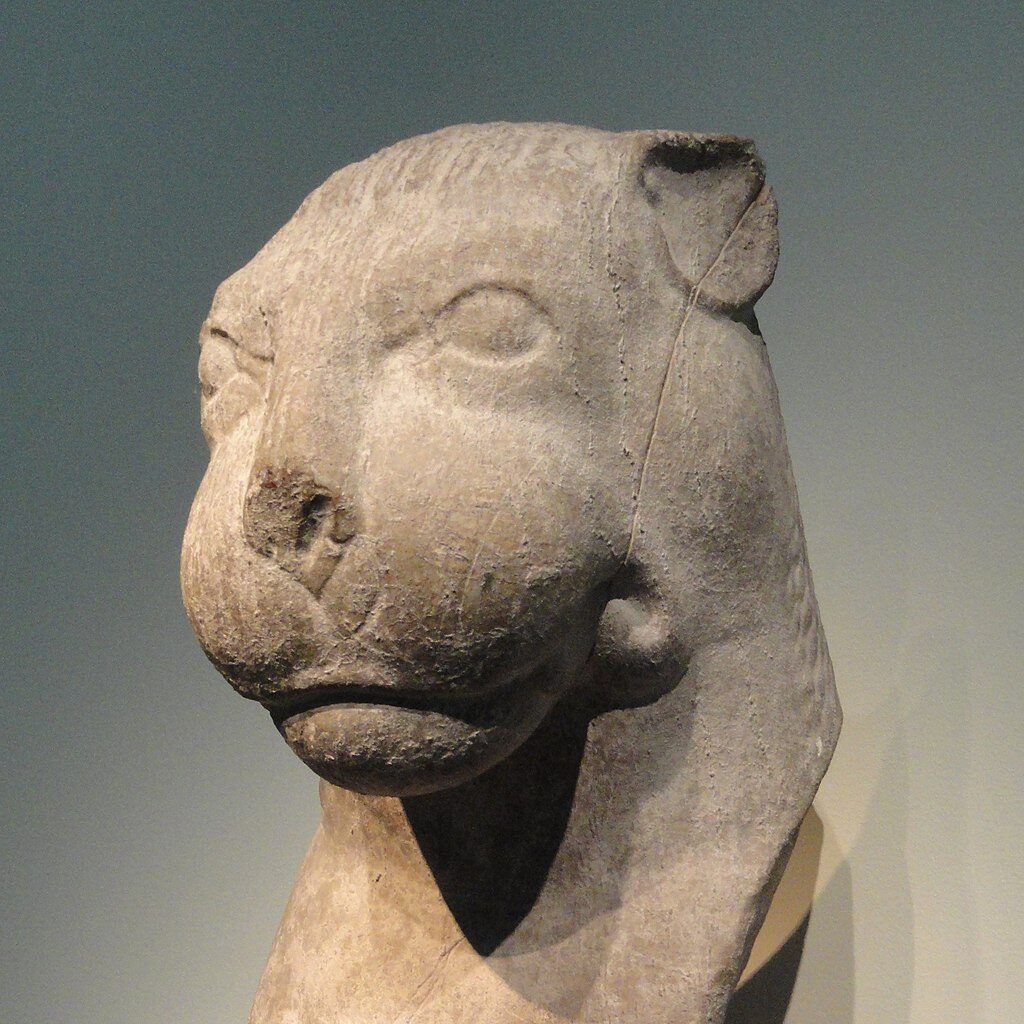
During this period, Indo-Roman trade initiated at western coastal reached to its zenith. As a result, material opulence is reflected in royal liberal patronage of Brahmans and Buddhist which itemized from synchronous inscriptions.
Featured Image Credits: chetanv
